How did Sweden get its name?
The name Sweden, comes from a powerful, warlike tribe back in 500 A.D., called, the Svea Tribe. Swedes call their land Sverige, which means “Land of the Svea.” The Svea tribe made raids all along the northern European coast and became known as the Vikings, which means “Pirates” in an old Norse language. Today, Sweden is officially known as, the Kingdom of Sweden.
Where is Sweden located?
Sweden is located in northern Europe on the Scandinavian peninsula. It is bordered by the Gulf of Bothnia and the Baltic Sea. Her neighbors are Norway to the west, Finland to the east, and she is connected to Denmark in the southwest, by a bridge tunnel across the Oresund Strait. Sweden also shares maritime borders with Germany, Denmark, Poland, Russia, Lithuania, Latvia and Estonia. Its capital city is Stockholm, located on the south-central east coast. It is built on 14 islands and has 50 bridges and is filled with royal palaces and museums. It is the largest and most populous city in Sweden and its location makes it one of the world’s most beautiful. Sweden is the fifth largest country in all of Europe.
A Brief History of Sweden
Sweden has a long history, dating back 12000 years, when the thick, ice cap covering the land started to retreat and people started to move in. Artifacts from the Stone Age, Bronze Age and Iron Age have all been found in Sweden. It was, however, the Viking Age, when significant expansion occurred. The Vikings traveled as far as the Black and Caspian Seas, where they developed trading partners with the Byzantine Empire and the Arab Kingdoms.
Christianity was introduced through missionaries and the country converted to Christianity in the 11th century. It was in 1280 when Sweden became a kingdom, as the various provinces of Sweden were absorbed into a single unit and King Magnus Ladulas authorized the establishment of nobility and organized the society based on the feudal model.
In 1389, the crowns of Denmark, Norway and Sweden united under the rule of the Danish Queen, Margareta and the Kalmar Union was formed. This union had many internal conflicts which culminated into what is known as the “Stockholm Bloodbath,” when 80 Swedish nobles were executed. This act provoked rebellion and the seizure of power by a Swedish nobleman, Gustav Vasa, who was then elected King of Sweden in 1523.
The Swedish Empire grew substantially during the 16th century and even founded a short-lived colony in what is now Delaware in North America. It was the defeat in the Great Northern War against the combined forces of Denmark, Poland and Russia when Sweden lost most of its provinces on the other side of the Baltic Sea and was reduced to what is now Sweden and Finland. After this defeat and the death of the warrior, King Karl XII, the Swedish parliament and council introduced a new constitution that abolished royal absolutism and put the power into the hands of Parliament.
The 18th century was a difficult period for Sweden as it was hit hard by the Napoleonic wars, when trade came to a halt. This led to stagnation and an economic crisis. One consequence of this crisis was mass emigration. From the mid 1800s until 1930 about 1.5 million Swedes, out of a population of 3.5 million, emigrated.
Sweden managed to remain neutral through both world wars and emerged as one of Europe’s leading industrial nations. Today Sweden’s government is run as a constitutional monarchy, supported by a parliamentary government. The country is part of the EU but not their currency, which is the krona. Sweden is known for its ultra-high taxes (at 59%) and cradle to grave welfare system. In recent years, the main debate in Parliament has been how to sustain Sweden’s generous welfare system while putting a halt to ever increasing taxes. Sweden provides health insurance, 15 months of paid parental leave, tax-free child allowances, as well as free education. When a Swede reaches retirement age, they are entitled to a hefty pension that rises with inflation. Despite the high taxes, they enjoy high wages and Swedes rank as one of the happiest nations on earth.
Swedish Culture
Sweden is known to be an egalitarian society with the main defining features being modesty, equality and respect for universal human rights. Swedes are known to be reserved and conservative.
The government does not collect statistics on ethnicity but rather on one’s country of birth. In recent years there have been large waves of international immigration which has changed the Swedish makeup substantially. Sweden has accepted more refugees per capita than any other European nation.
Sweden is also home to a small indigenous people known as the Sami, who live in the north and survive on reindeer, husbandry, tourism, fishing and crafts. Sami was recently recognized as an official minority language in Sweden. Swedish is the official language but nearly 80 percent of the population is able to also speak English, the most people of any other European nation. However, you shouldn’t expect to hear Swedes speaking English to each other.
Many Swedes pride themselves on having a religiously diverse and tolerant society. About 60 percent identify as Lutheran (the Church of Sweden) while eight and a half percent belong to some other religion. Further, 31 percent do not identify with any religion at all. Generally speaking, a large percentage of those who call themselves Lutheran, do not attend regular church services. They do, however, celebrate religious holidays, especially Good Friday, Easter and Christmas.
Speaking of holidays, a few stand out in Sweden. Sweden’s National Day is celebrated on June 6th, which honors two historical events: Gustav Vasa being elected as king in 1523 and the adoption of a new constitution, in 1809. Another celebrated day is called Midsummer. Swedes, with wreaths of flowers in their hair, dance around a pole, singing songs while drinking unsweetened, flavored schnapps. They also devour lots of pickled herring and new potatoes. Being outdoors is a big part of Midsummer celebrations, whether in a park or at someone’s summerhouse.
In Sweden, access to nature is protected by a law known as Allenmansratten (meaning the right of common access to land.) The law applies to all fields, forests, lakes and beaches across the country and is all free to the public. This law has helped foster a love and appreciation of nature. The change of seasons is exceptionally important as the winter months can be long and dark in Sweden. During the summer months, the sun is visible for most of the day and into the night and is a time for celebration.
Music and literature are both very important elements of Swedish culture. Sweden has more choirs per capita than any other country. They have produced many famous musicians and writers. Sweden is also especially well known for the five Nobel prizes, established by Alfred Nobel, in 1901. They are awarded in several important categories with great anticipation, every year.
Swedish Cuisine
As we look into the cuisine of Sweden, it is quite diverse, especially by region. Up north, meats, such as reindeer and other wild game are extremely popular where as fresh vegetables play a larger role in the cuisine in the south. Dairy products, breads made from rye, wheat, oat, white, dark and sourdough, are all popular. Berries and stone fruits are ubiquitous. Potatoes are served, often boiled or mashed, as a side to dish to many meat and fish dishes. Beef, chicken, pork, lamb, eggs and seafood are the most popular sources of protein. Swedish cuisine is generally considered rather bland, as spices are not often used in their dishes.
Sweden has several famous dishes and traditions like, the smorgasbord, where many different dishes are set out to be enjoyed buffet style. Thursday is known as soup day because that is the day that maids only work half the day and can easily leave a pot of soup on the stove to serve later. The most common soup is called Artsoppa, a yellow, pea soup made with pork, that is served with pancakes for dessert. Of course, Swedish meatballs are known throughout the world and are considered the national dish of Sweden. In August, they hold another celebratory feast known as the Crayfish Party. Large amounts of crayfish are boiled and then marinated in a broth, with salt, sugar and dill weed.
Swedes also love fika, which is a time to enjoy coffee and a pastry. Fika is a time to take a true work break and focus on socializing. Generally, there are two, 10-30 minute, fika breaks in the work day. Swedes are the third most coffee drinking nation in the world and it is almost always enjoyed with a delicious bread or pastry, such as their famous cinnamon buns, called kanelbullar.
So let’s enjoy a Swedish meal:
The Menu
First Course
Toast Skagen (Prawn Toast)
Main Course
Köttbullar (Swedish Meatballs)
Served with
Pressgurka (Cucumber Salad)
Dessert
Kladdkaka (Sticky Chocolate Cake)
We set the scene with the colors of the Swedish flag; blue and yellow. We placed a Dala horse in the décor, a symbol of Sweden for the past 400 years. A Viking ship and shield were added as well as a picture of an elk, (Sweden’s national animal,) and finally a crown, representing the Monarchy. To set the mood we put on ABBA’s greatest hits; Sweden’s most popular band. Did you know that ABBA is one of the best-selling, popular music groups in the history of recorded music?
We began by saying “Smaklig Måltid” which means “Bon Appetit” in Swedish. Our first course was a scrumptious appetizer called Toast Skagen. It is a piece of bread, fried in butter and then topped with prawns (or shrimp) in a mayonnaise mixture and a big dollop of caviar. It is garnished with lemon and dill.
Next, was Sweden’s national dish; Swedish meatballs. They were served with mashed potatoes, lingonberry sauce and a cucumber salad. The meatballs were made of pork and beef and then smothered in a creamy gravy, which went perfectly with the potatoes. The lingonberry sauce is similar to a cranberry sauce and in Sweden is very popular to put on nearly everything (except bread interestingly.) The cucumber salad added a lovely sweet and sour bite to the plate that provided, the perfect balance.
For dessert, we had my new favorite thing! Kladdkaka is a sticky, gooey, chocolate cake with an almost crispy outer layer, (more like a brownie than a cake.) Heavenly. After I ate my piece of Kladdkaka, I had to give the rest away or I would have eaten up the entire thing.
I remembered the Swedish word “lagom.” It doesn’t have a literal translation to English but basically means “just right.” It is the concept of “just enough.” In a single word, “lagom” is said to describe the basis of the Swedish national psyche, one of consensus and equality. In moderation, less is more, an idea that there is a perfect, and best, amount of food, space, laughter and sadness.
When we finished our delicious Swedish meal we said “det smakade utmärkt” (it’s delicious.)
Until next time,
Stay safe.
Darlene
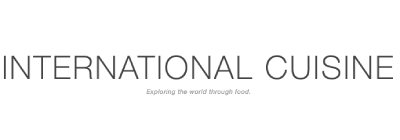
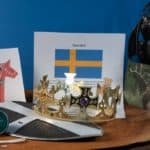
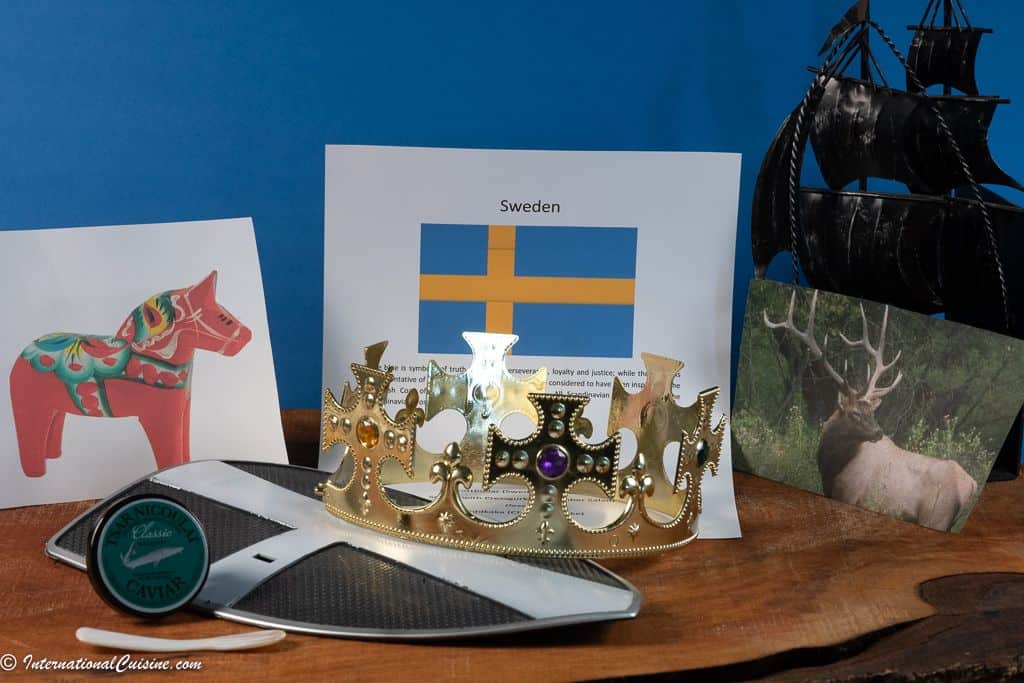
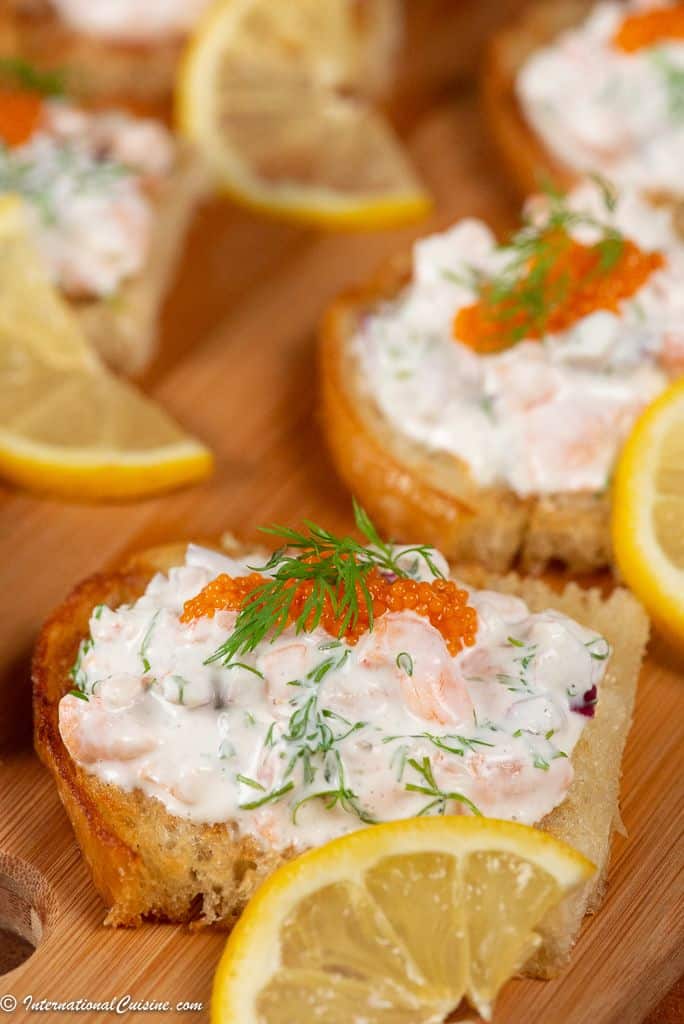
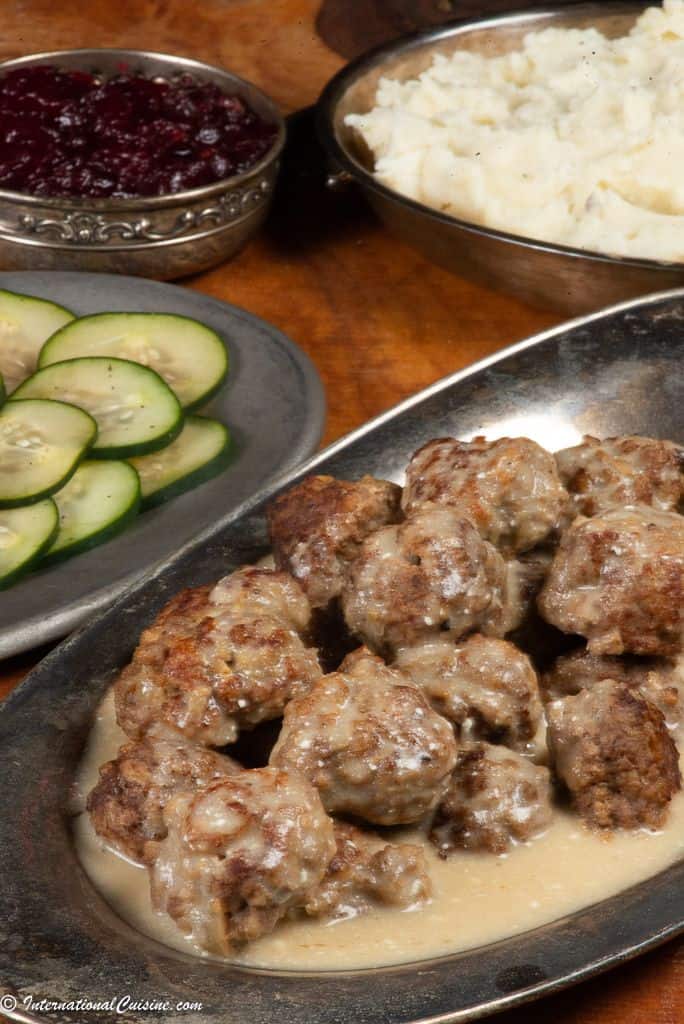
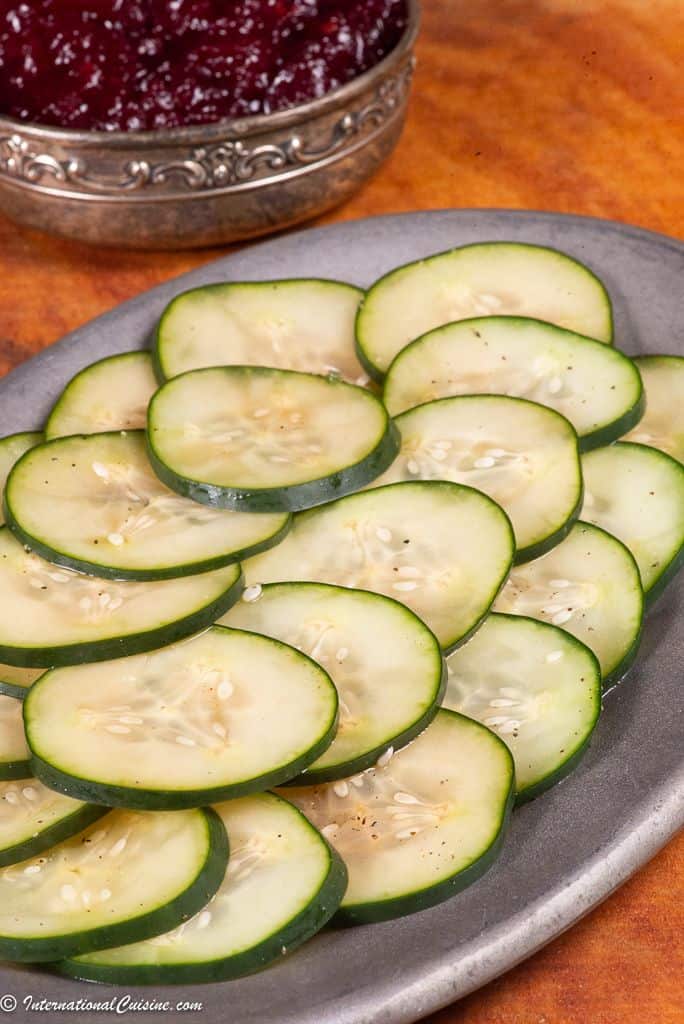
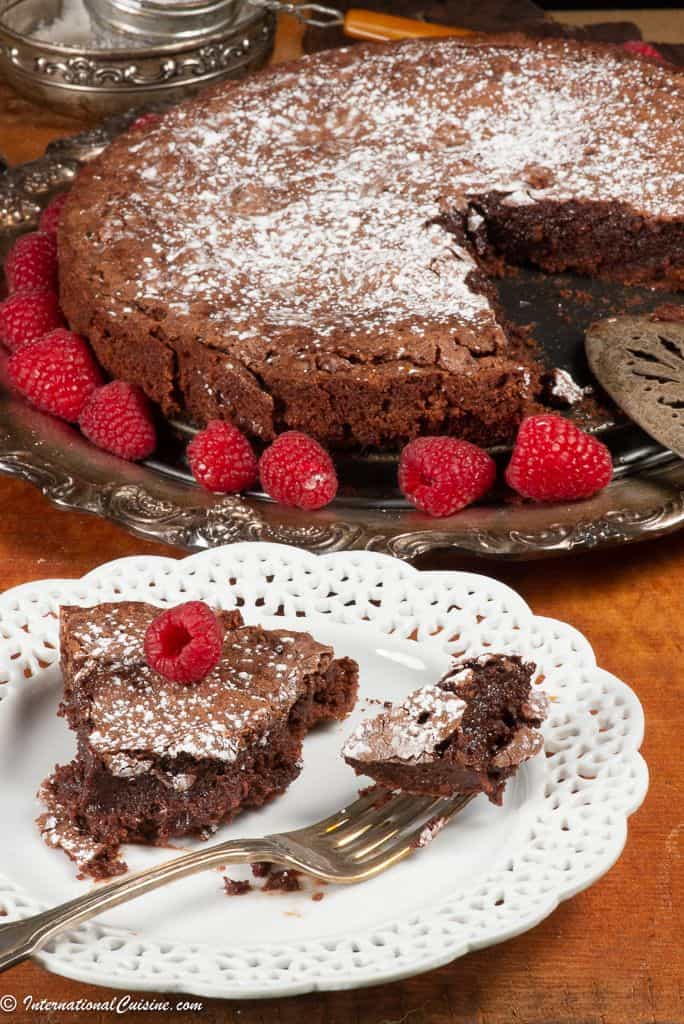
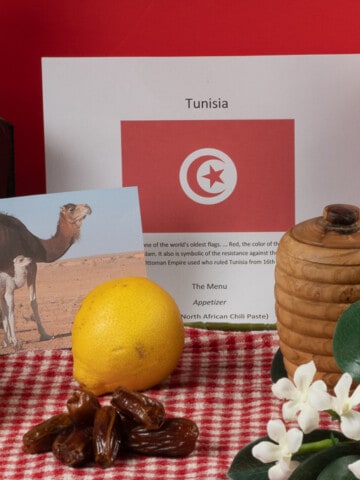
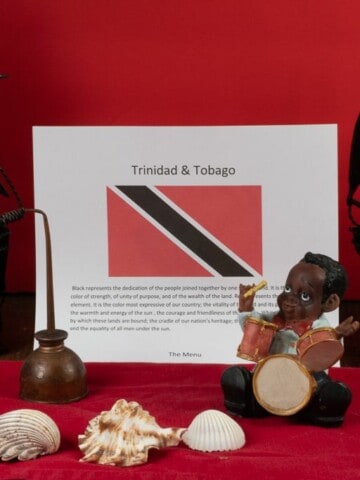
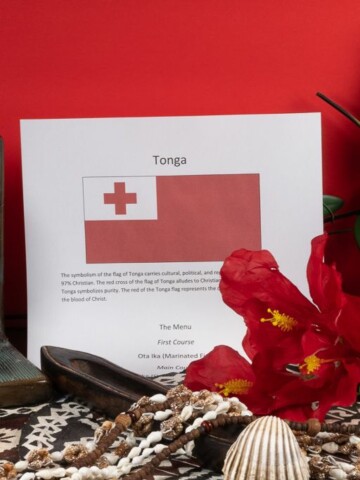
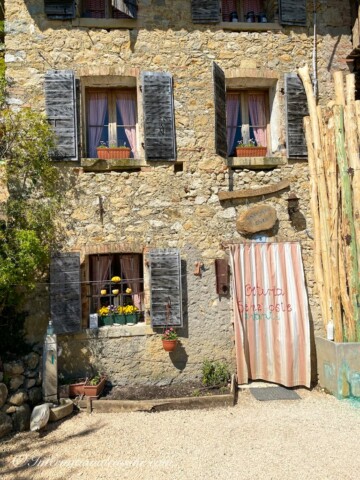
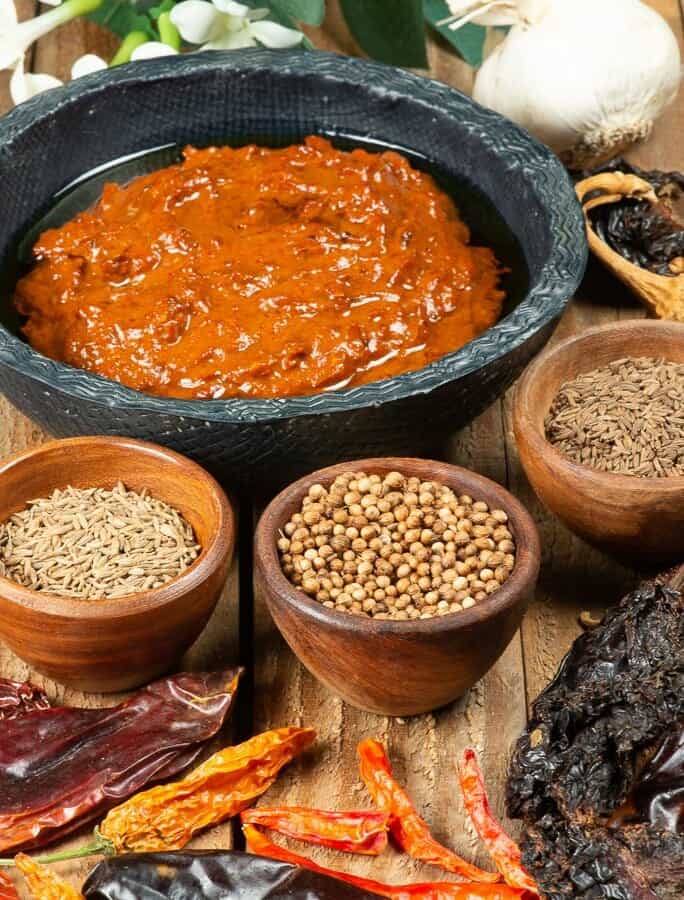
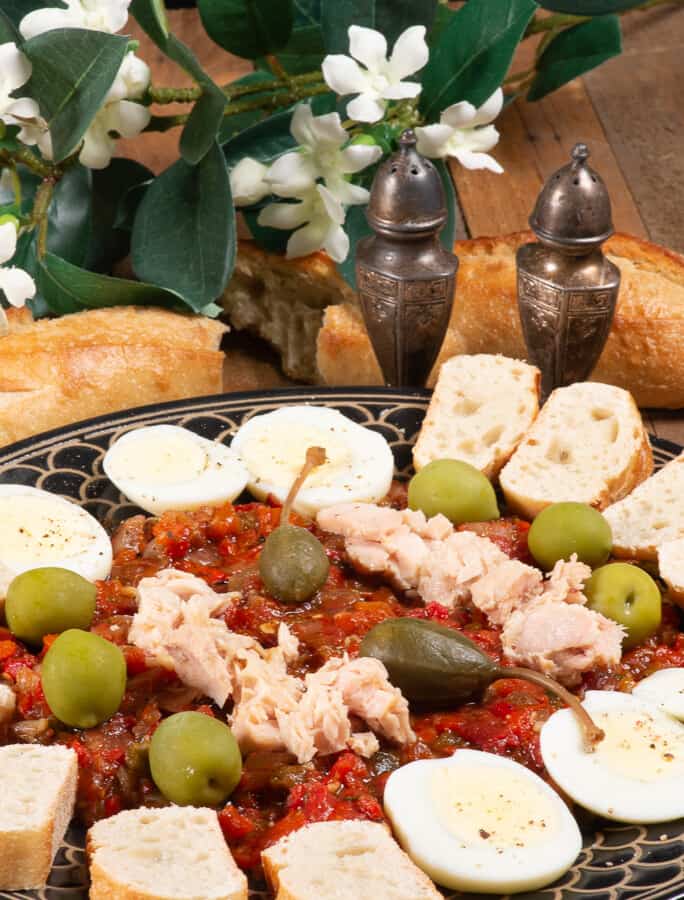
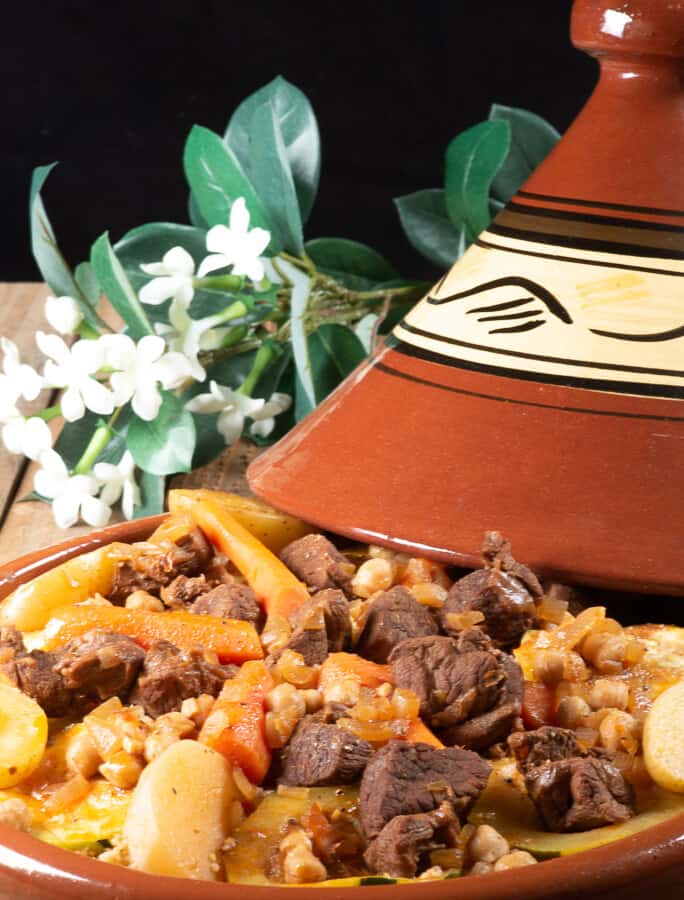
I will be among those who will buy your book of all the countries you have visited and cooked their meals.
Thank you so much! I appreciate you and your very kind comment.